The advent of autonomous driving technology has ushered in a new era of mobility, redefining the relationship between human drivers and vehicle systems. Among the various levels of automation, Level 3 (L3) stands out as a critical juncture where responsibility dynamically shifts between the driver and the system. This transition, often referred to as the "handover phase," is fraught with technical, ethical, and regulatory challenges that demand careful consideration.
The Concept of Responsibility Transfer in L3 Automation
Unlike Level 2 systems, which require constant driver supervision, L3 conditional automation permits the driver to disengage from active control under specific conditions. However, the system may request human intervention when it encounters scenarios beyond its operational limits. This handover process is the crux of the responsibility transfer. The moment the system signals the driver to take over marks the responsibility transfer threshold—a pivotal instant where liability shifts from the machine to the human.
The complexity of this transition cannot be overstated. Human factors such as reaction time, situational awareness, and cognitive load play a decisive role in ensuring a safe handover. Studies indicate that drivers may require up to 10 seconds to regain full situational awareness after being in a disengaged state. This latency period raises critical questions about the feasibility of abrupt responsibility transfers in emergency situations.
Technical Challenges in Defining the Threshold
Automakers face significant engineering hurdles in implementing reliable responsibility transfer mechanisms. The system must not only accurately detect its operational limits but also provide sufficient warning time for the driver to reassume control. This requires sophisticated sensor fusion algorithms capable of predicting system boundaries before they're reached. The predictive capability of these systems directly impacts the safety margin available for handover procedures.
Moreover, the human-machine interface (HMI) design becomes paramount in L3 systems. Effective communication of system status and handover requests must be unambiguous and attention-grabbing without causing unnecessary alarm. Current research explores multimodal alerts combining visual, auditory, and haptic cues to ensure prompt driver response. The challenge lies in creating interfaces that adapt to varying driving contexts and individual driver states.
Legal and Insurance Implications
The responsibility transfer threshold carries profound legal consequences. Jurisdictions worldwide are grappling with how to attribute liability in the event of accidents during these transitional periods. Some regions are adopting a "system-centric" approach where manufacturers bear responsibility when the automation is active, while others maintain traditional driver liability frameworks. This legal ambiguity creates challenges for insurers developing products that account for dynamic responsibility allocation.
Insurance models are evolving to incorporate telematics data that can precisely timestamp the moment of responsibility transfer. This data becomes crucial in accident reconstruction, potentially exonerating either party based on whether the incident occurred before or after the handover request. However, standardization of such data collection and interpretation methods remains a work in progress across the industry.
Psychological and Behavioral Considerations
Driver complacency presents one of the most significant hurdles in L3 implementation. The knowledge that the system can handle most situations may lead to reduced vigilance, making sudden handover requests more challenging. This phenomenon, known as automation bias, can dramatically extend takeover reaction times. Manufacturers counter this through driver monitoring systems that assess readiness and engagement levels, but these solutions raise privacy concerns that must be balanced against safety requirements.
Behavioral adaptation over time also affects responsibility transfer effectiveness. Regular users of L3 systems may develop different response patterns compared to occasional users, suggesting the need for adaptive systems that account for user experience levels. The learning curve associated with L3 automation remains an understudied aspect that could significantly impact real-world performance.
Future Directions and Industry Trends
As the automotive industry progresses toward higher levels of automation, some manufacturers are reconsidering the viability of L3 systems altogether. The inherent challenges of responsibility transfer have led certain automakers to skip L3 entirely, focusing instead on more advanced systems where human intervention isn't required. However, others view L3 as a necessary evolutionary step that provides valuable insights for developing robust autonomous technologies.
Emerging solutions include graded responsibility transfer systems that gradually increase driver engagement rather than binary handovers. These systems aim to smooth the transition by progressively returning control elements to the driver while maintaining system support. Such approaches may mitigate the cognitive shock associated with sudden takeover requests, potentially making L3 systems more practical and safer for widespread adoption.
The responsibility transfer threshold in L3 automation represents one of the most complex challenges in contemporary mobility. Its successful resolution requires interdisciplinary collaboration spanning engineering, psychology, law, and human factors research. As technology advances and societal acceptance grows, the solutions developed for L3 systems will undoubtedly inform the broader implementation of autonomous vehicles, shaping the future of transportation in profound ways.
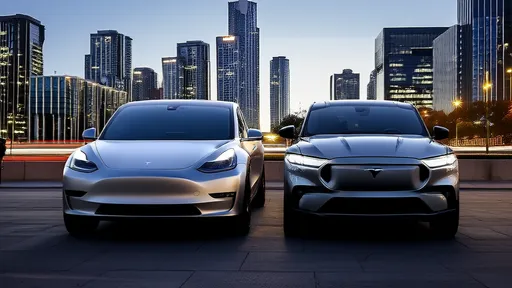
By /Jun 14, 2025

By /Jun 14, 2025
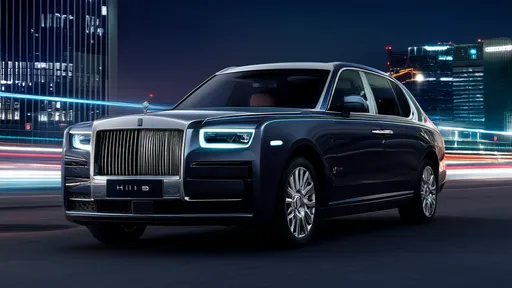
By /Jun 14, 2025
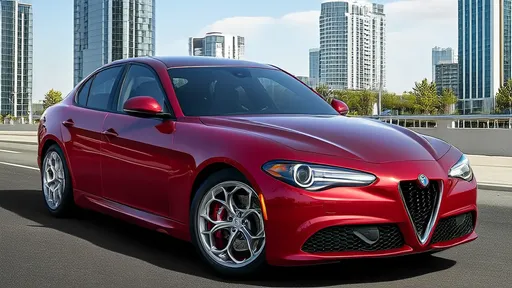
By /Jun 14, 2025
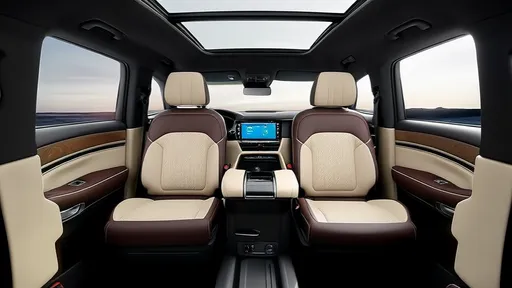
By /Jun 14, 2025
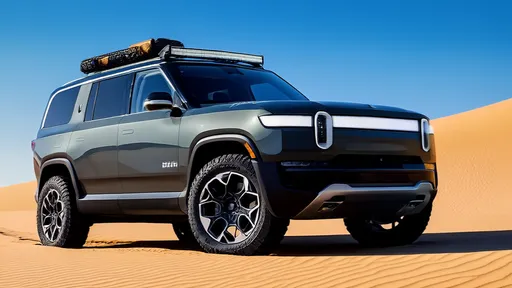
By /Jun 14, 2025
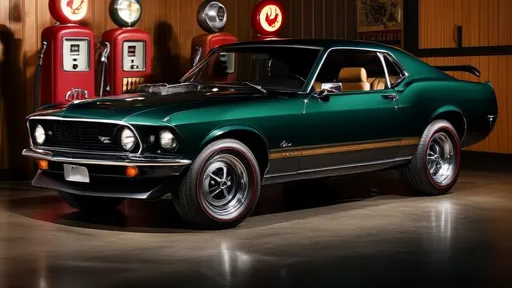
By /Jun 14, 2025
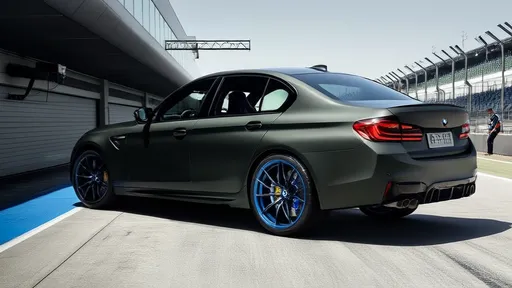
By /Jun 14, 2025
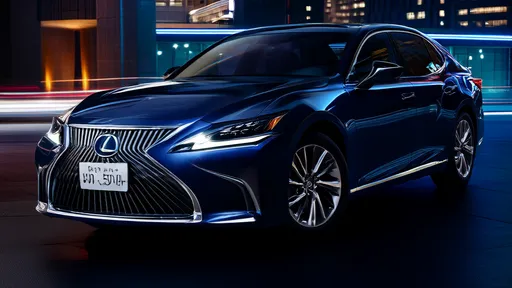
By /Jun 14, 2025
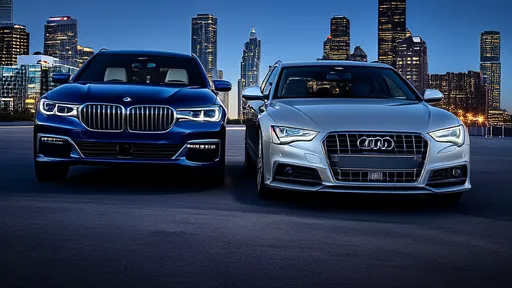
By /Jun 14, 2025
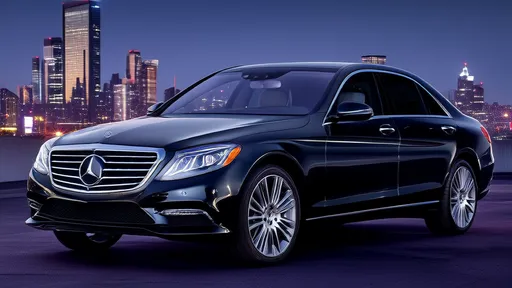
By /Jun 14, 2025
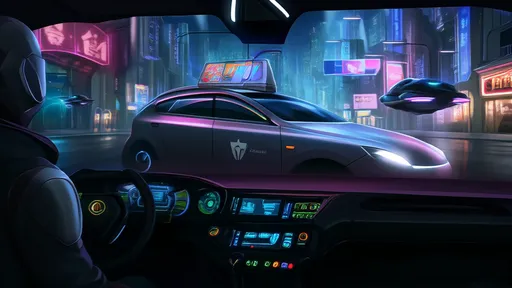
By /Jun 14, 2025
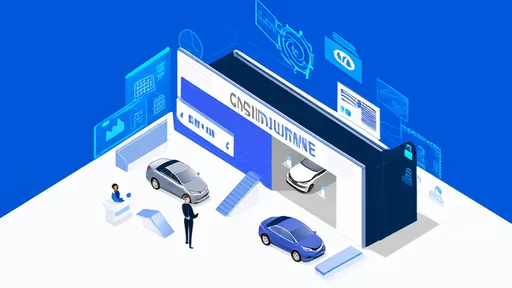
By /Jun 14, 2025
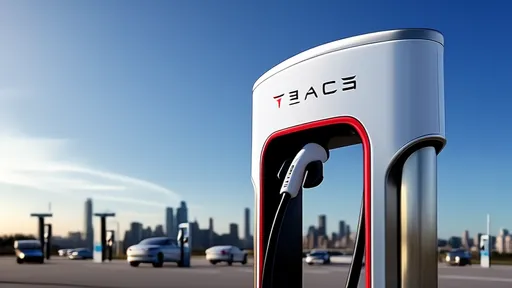
By /Jun 14, 2025
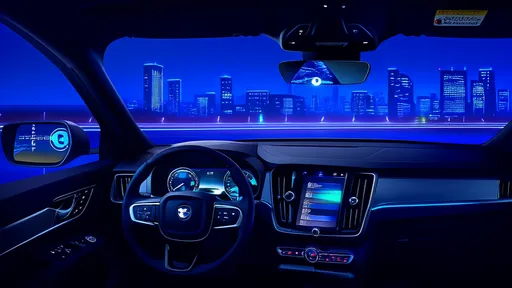
By /Jun 14, 2025
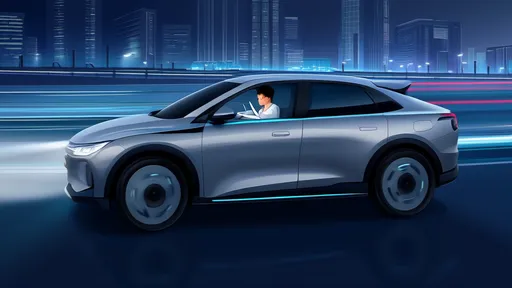
By /Jun 14, 2025

By /Jun 14, 2025